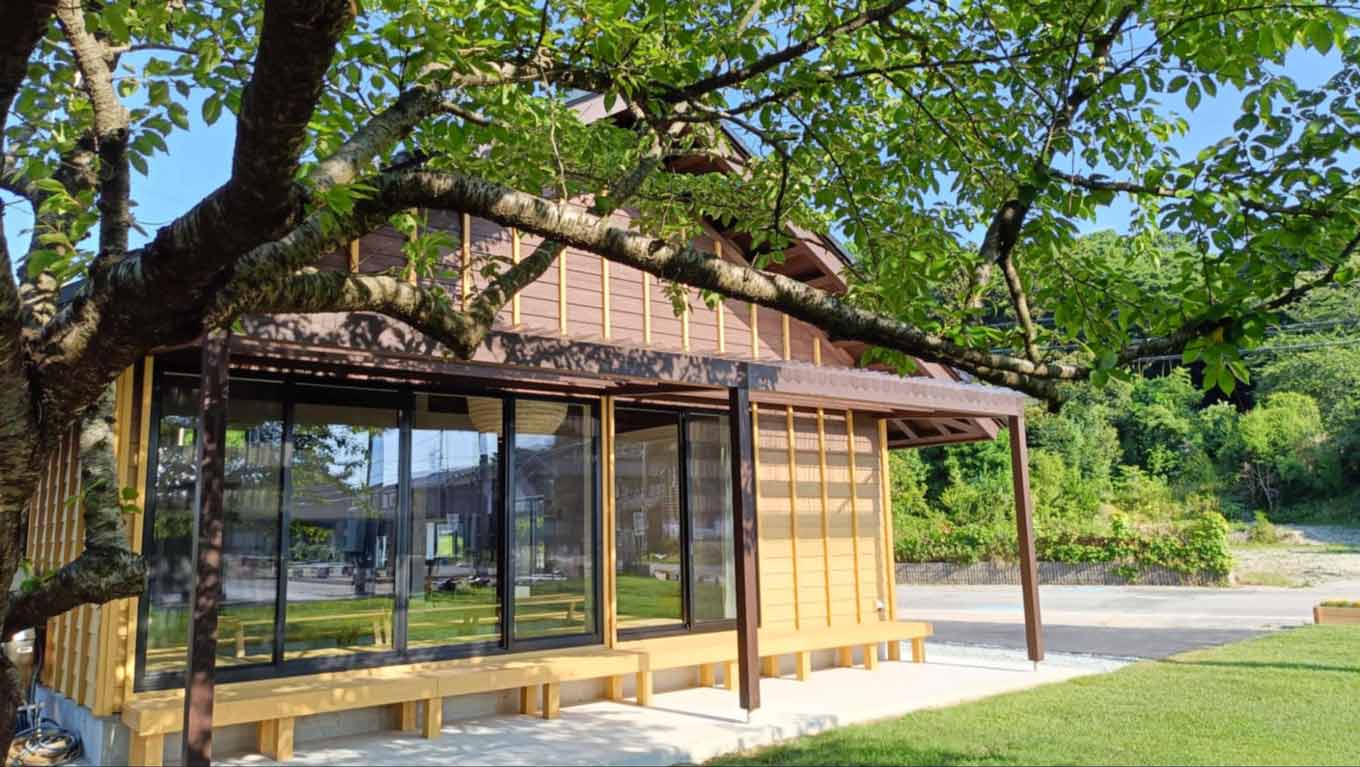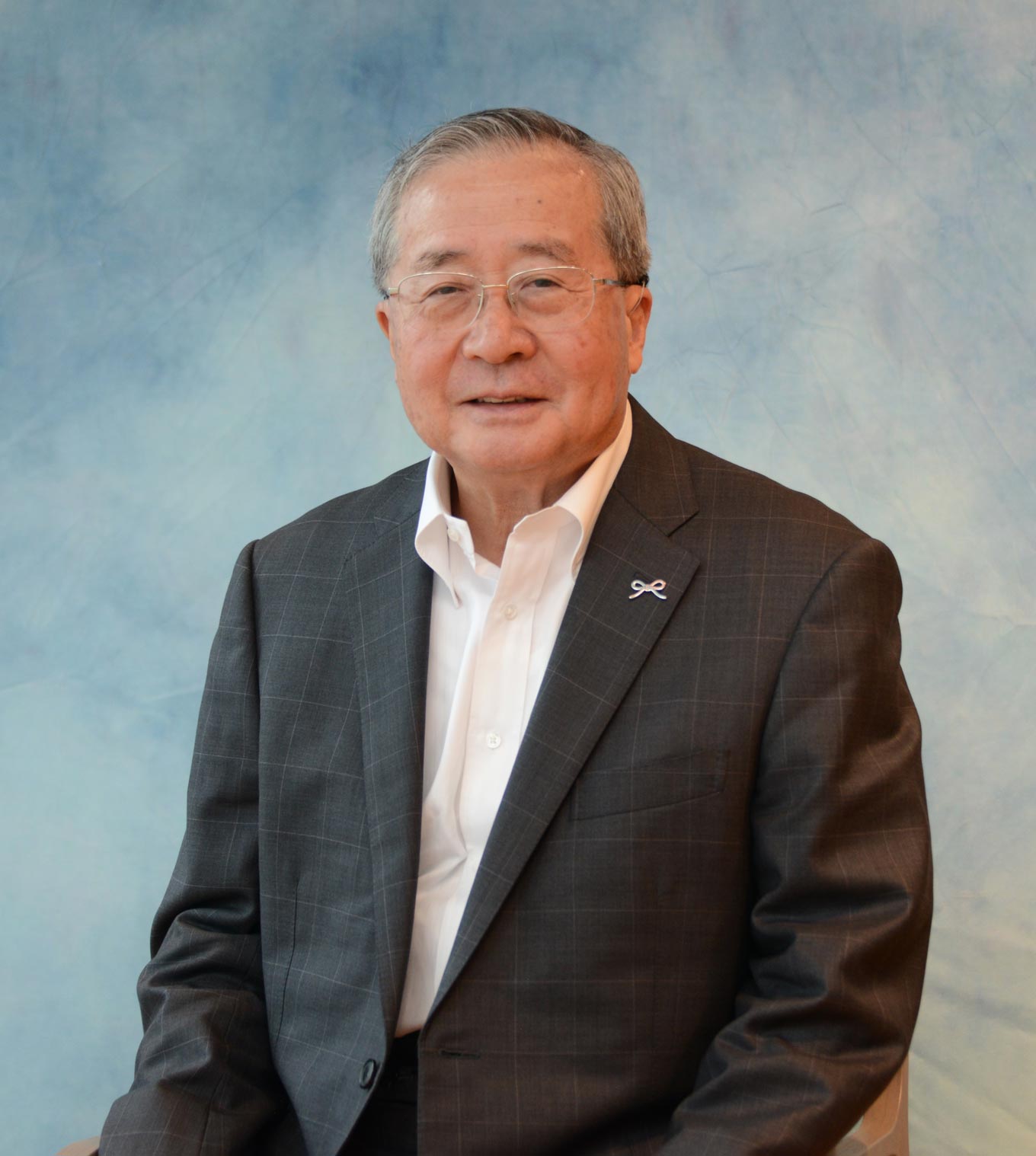Interim Report on 2024 Noto Peninsula Earthquake and Flood Damage ReliefAs of December 2024
About The Nippon Foundation’s support for relief and recovery from 2024 Noto Peninsula earthquake and flood damage
The Nippon Foundation’s disaster response activities are based on the principle of implementing appropriate action for each phase of support. Using our network of NGOs and expertise developed over the roughly 30 years since the Great Hanshin-Awaji Earthquake struck the city of Kobe and surrounding regions in 1995, we dispatched staff to the region on January 2, the day after the earthquake struck, and began carrying out activities including: (1) Setting up a base in the city of Suzu, one of the most heavily damaged locations; (2) Installing self-contained showers and sinks in evacuation shelters in areas where water had been cut off; and (3) Providing support for on-site relief activities being carried out by NGOs. Following the heavy rains that struck the region in September of the same year, we sent assistance for daily living and dispatched volunteers to support the rebuilding of local communities.
Overview of support: January – December 2024
No. of volunteers whose activities we coordinated
More than 4,000
Amount of support provided by The Nippon Foundation
3,200,110,185 yen (Of which, 1,016,292,396 yen was used to support 440 activities carried out by 327 organizations)
Donations collected
314,032 donations totaling 860,684,495 yen
Goods provided
100 showers, 200 sinks, etc.
Flow from earthquake strike to recovery and rebuilding phase
Earthquake and emergency relief phase
- Solicited applications from NGOs and supported their critical support including opening roads and providing goods
- 5 water tanks equipped with desalinization and other equipment delivered to Wajima City and Suzu City
- 17 water supply tanks delivered to Nanao City, Noto Town, and Suzu City
- 1,200 cardboard beds delivered to evacuation centers in Suzu City
- 5,000 liters of diesel oil delivered as fuel for power generators, marine transport, other equipment
- Management of on-site activity centers in areas of Suzu City damaged by earthquake and areas of Wajima City damaged by heavy rains
- 4,500 emergency-use toilets
- 5,651 people (aggregate) received bathing assistance
- Food distributed
- Roads opened
Recovery and rebuilding phase
- Support for improvement of living conditions including temporary repairs to residences and local roads, community support including operation of citizen volunteer centers and rest areas
- More than 10,000 people (aggregate) visited by HEROs program at 149 evacuation centers and schools
- 272,954,350 yen provided for setting up and operating 2 rest areas
- 5 local community multipurpose centers established (operation of citizen volunteer centers)
- 120 people (aggregate) attended 4 rescue technique training sessions
- General improvements made at children’s educational and social welfare-related facilities
- Creation of new Noto to carry on traditions
- Restoration of lifelines
Highlights of Noto support
With roads being made inaccessible by the damage, it was difficult to deliver goods and dispatch volunteers, so sea routes were used for swift transport of emergency supplies. Mental health care was also provided for children who experienced damage from the earthquake and heavy rains. The damage came in many different forms, and the Foundation has been responding flexibly as needs change to support people living in difficult circumstances. We will continue to carry out our activities with a desire to support and rebuild sustainable local communities.
How are the goods needed transported?
Daily living items delivered by RORO
Using a roll-on-roll-off (RORO) ferry that trucks can drive on to and off of, we delivered the most urgent items – kerosene, diesel fuel, power generators, self-contained showers, and self-contained sinks – by sea from Kanazawa Port to ports in the cities of Wajima and Suzu. With roads being heavily damaged, this allowed trucks loaded with goods to access evacuation shelters and social welfare centers directly, making it possible to provide support more quickly.
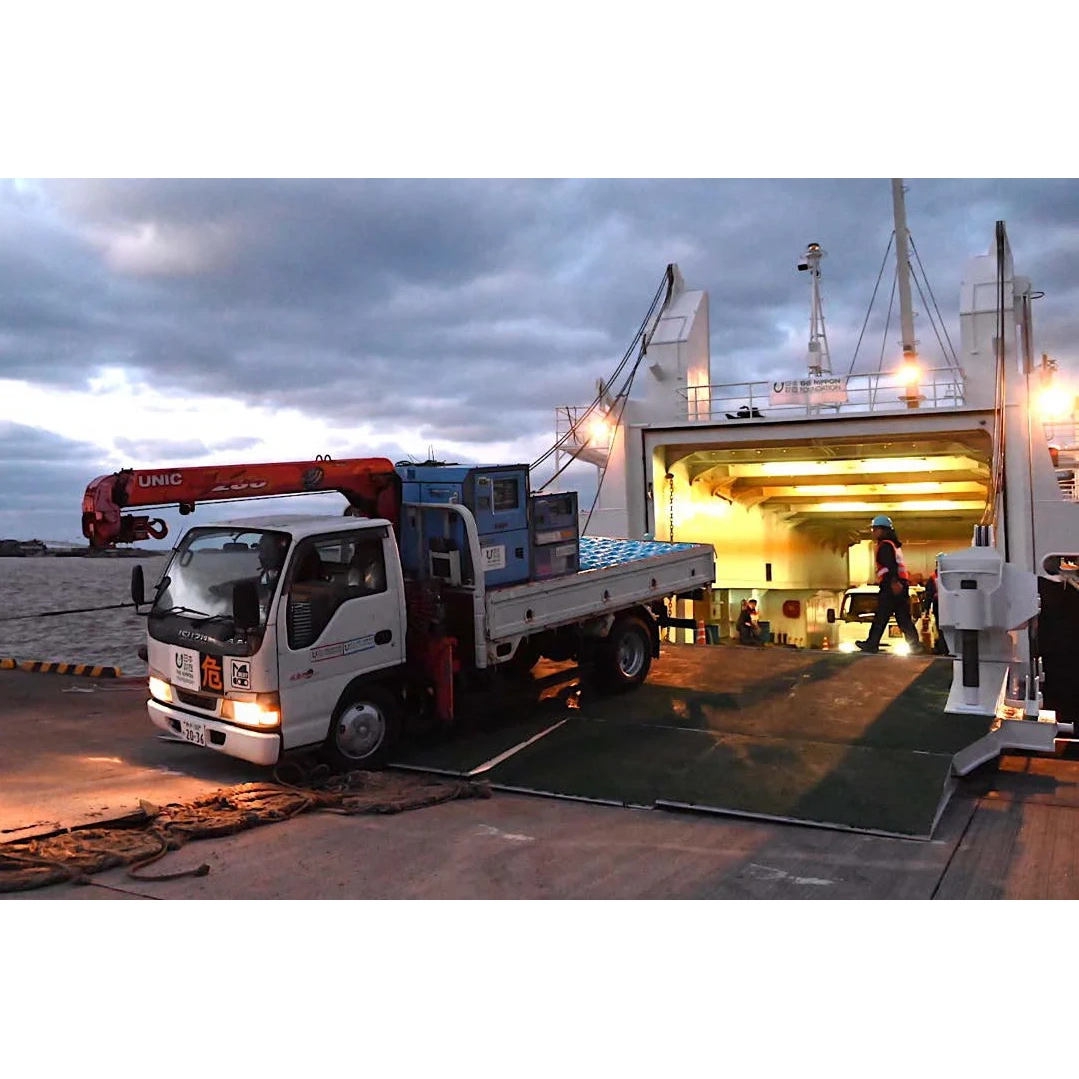
Point: RORO ferry
A RORO ferry is a transport vessel that trucks and trailers loaded with cargo can drive directly onto. An RORO ferry was used for support activities because roads were inaccessible.
Long-term, ongoing support
Setting up centers and coordinating with NGOs
Comment from Foundation staff member who spent an extended period of time in the area:
There is no question that reconstruction is taking longer than in other disaster areas. Even after six months, many people are still living in evacuation centers or in damaged homes without running water. Given the chaos on the ground, we have no choice but to determine what support is needed on a case-by-case basis. The Nippon Foundation is connecting government entities, social welfare organizations, NGOs, and citizens to provide long-term support including technical assistance and coordination of volunteer activities.
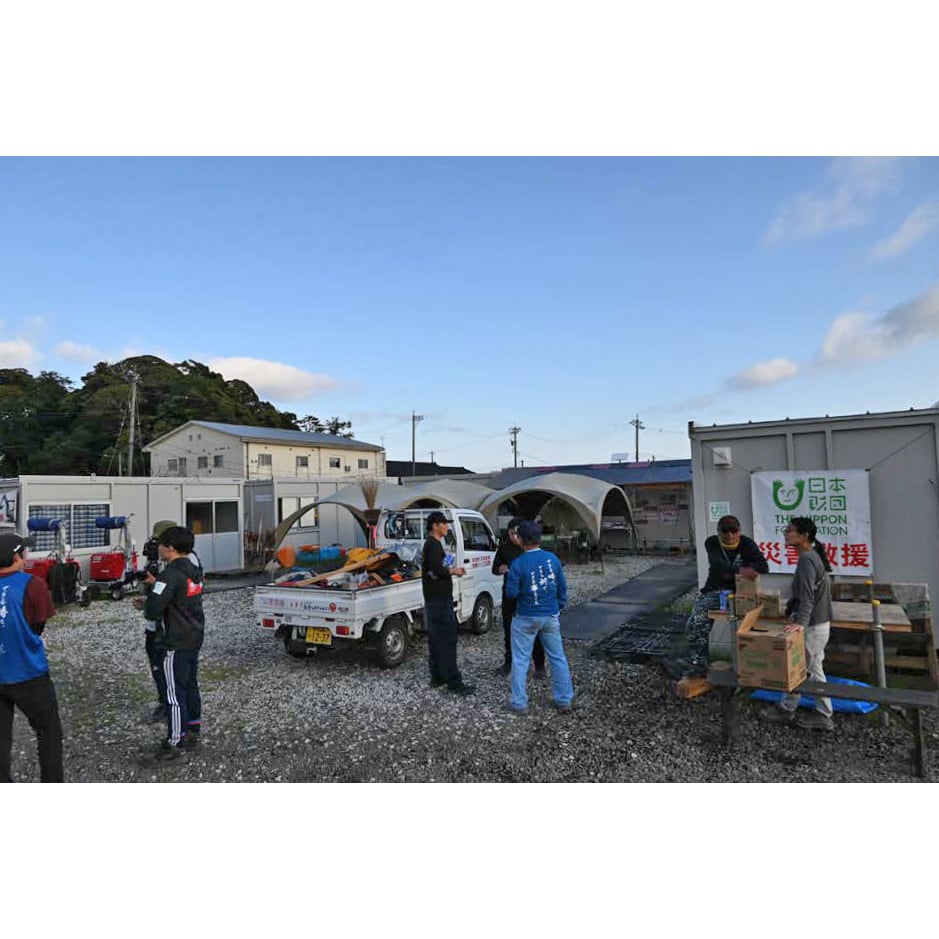
Point
In addition to coordinating with various stakeholders, being on-site means that we are able to disseminate information to outside the disaster area and identify issues for future disasters.
Supporting children’s mental health
HEROs athletes interact with 10,000 children
In aggregate, 352 athletes interacted with roughly 10,000 children through 127 visits to nursery schools, kindergartens, and elementary, junior high and high schools in six towns and cities on the Noto Peninsula and the town of Uchinada. After the disasters, school gymnasiums were used as evacuation shelters and to store goods. Athletes came up with their own activities to support the mental health of children who had little opportunity for physical activity.
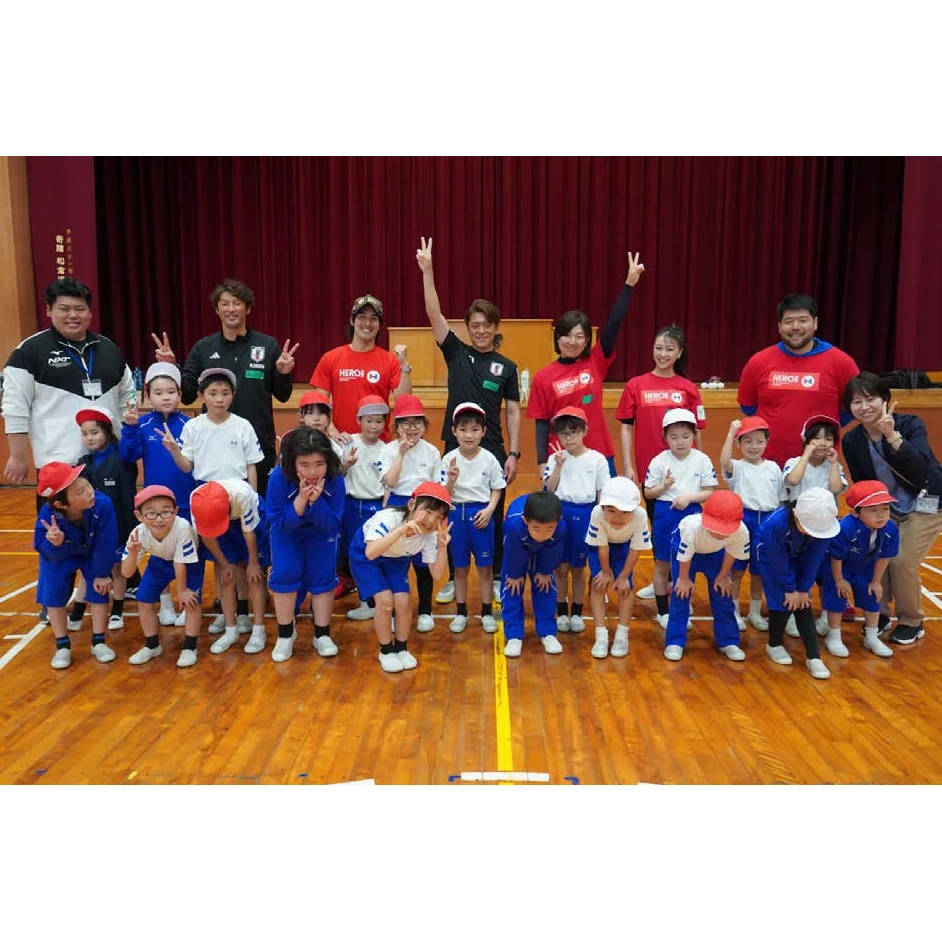
Point: HEROs project
The HEROs project uses the appeal of top athletes to contribute to society and children’s futures.
Roughly 250 top athletes are engaged in a variety of support activities.
NGOs supported by The Nippon Foundation
The Nippon Foundation provides financial assistance for the activities of NGOs and other organizations that have disaster expertise and roots in local communities, as they develop activities that are closely aligned with the needs of people affected by disasters.
Keeping watch: Using experience from more than 30 projects to provide needed support to areas with older populations
More than half of the residents of Anamizu Town in Ishikawa Prefecture are 65 years old or older. Some evacuation shelters have been closed roughly one year after a disaster. Using their experience from more than 30 disaster support projects since the Great Hanshin-Awaji Earthquake, this NGO helps to improve living environments in evacuation shelters and visits individuals in remote areas to deliver food and check on their well-being. They are also known for their soothing “foot baths” that give people a chance to talk and relax.
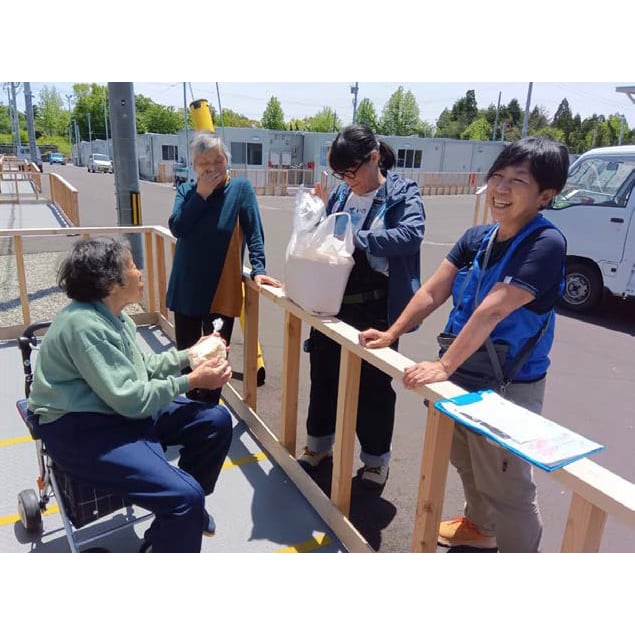
- Organization: Rescue Stock Yard
- Assistance: 8,327,300 yen
Mental health care: Rebuilding mutual support with assistance closely aligned with people and their daily lives
Nanao City in Ishikawa Prefecture had plans to receive support from up to 1,000 volunteers. These volunteers would help people remove valuables from damaged homes slated for demolition and move into temporary housing, and also provide consultation for rebuilding daily lives. Support includes a café where residents can interact and assistance with rice harvesting. Their activities are deeply rooted in the local community, with the aim of developing personal relationships while “leaving no one behind.”
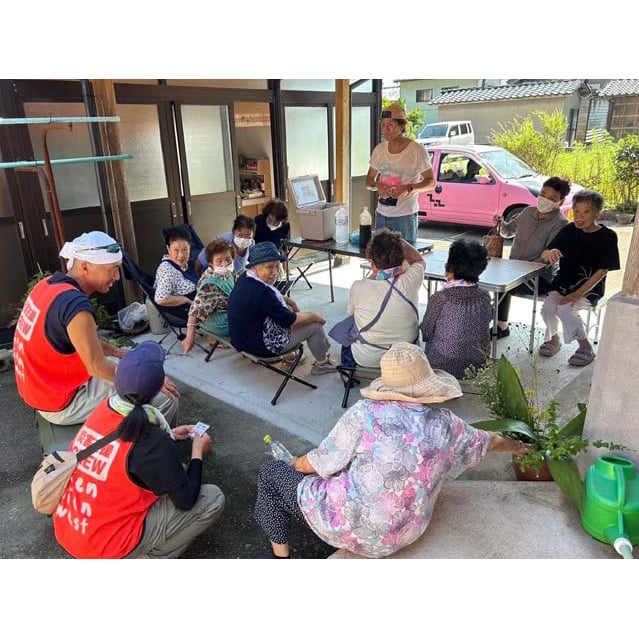
- Organization: sien sien west
- Assistance: 8,278,000 yen
People with disabilities: Support for people who have difficulty hearing and cannot evacuate on their own or call for help
People who are deaf or hard of hearing have different ways of communication, making it difficult to provide them with necessary information during emergencies. Most of the people affected by this disaster who were deaf or hard of hearing were also older and did not have the technological skills to use remote sign language interpretation. Sign language interpreters and other specialists made in-person visits across Ishikawa Prefecture to provide consultation in sign language on how to rebuild their lives, giving them peace of mind.
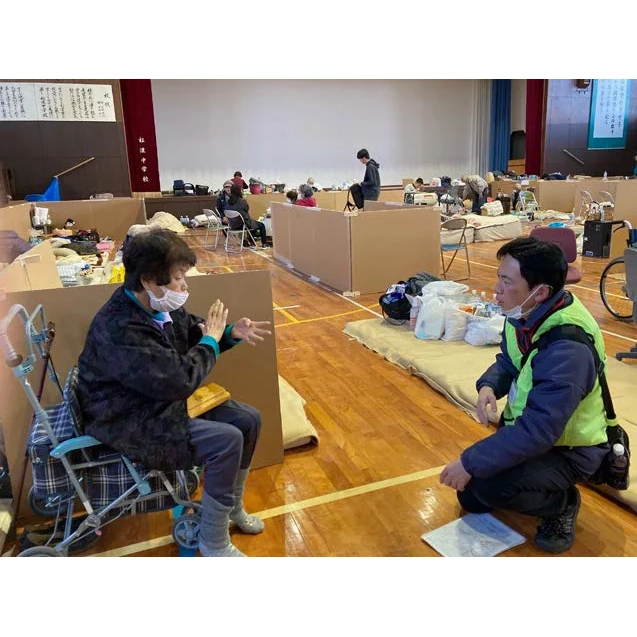
- Organization: Japanese Federation of the Deaf
- Assistance: 2,540,000 yen
Culture: Saving roof tiles to restore Noto’s traditional scenery
Noto-gawara are roof tiles that are unique to traditional houses on the Noto Peninsula. To pass on this local culture to the next generation, internationally renowned Japanese architect Shigeru Ban, together with a group of technicians and volunteers, launched a project to collect these tiles from collapsed houses and other buildings. Their goal is to collect and preserve 50,000 tiles from 50 houses in Wajima and Suzu cities in Ishikawa Prefecture, and reuse them in construction to restore Noto’s traditional scenery.

- Organization: Voluntary Architects’ Network
- Assistance: 5,000,000 yen
